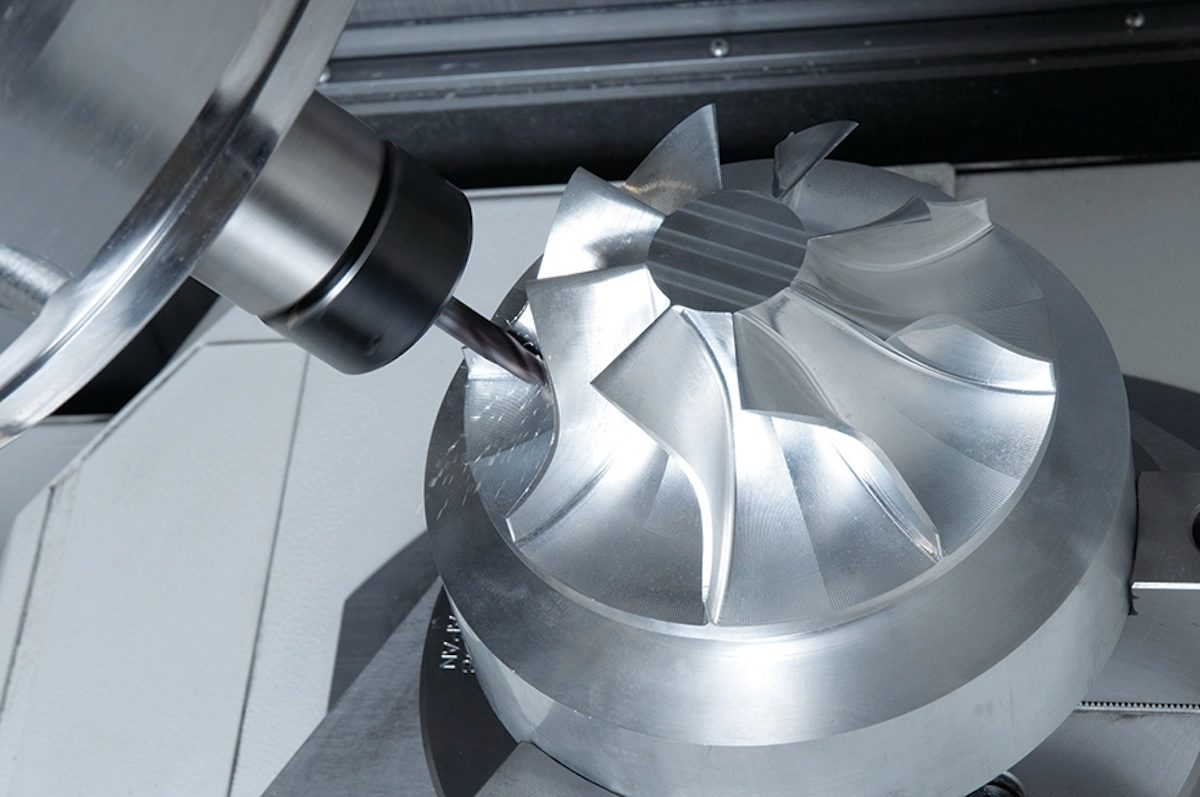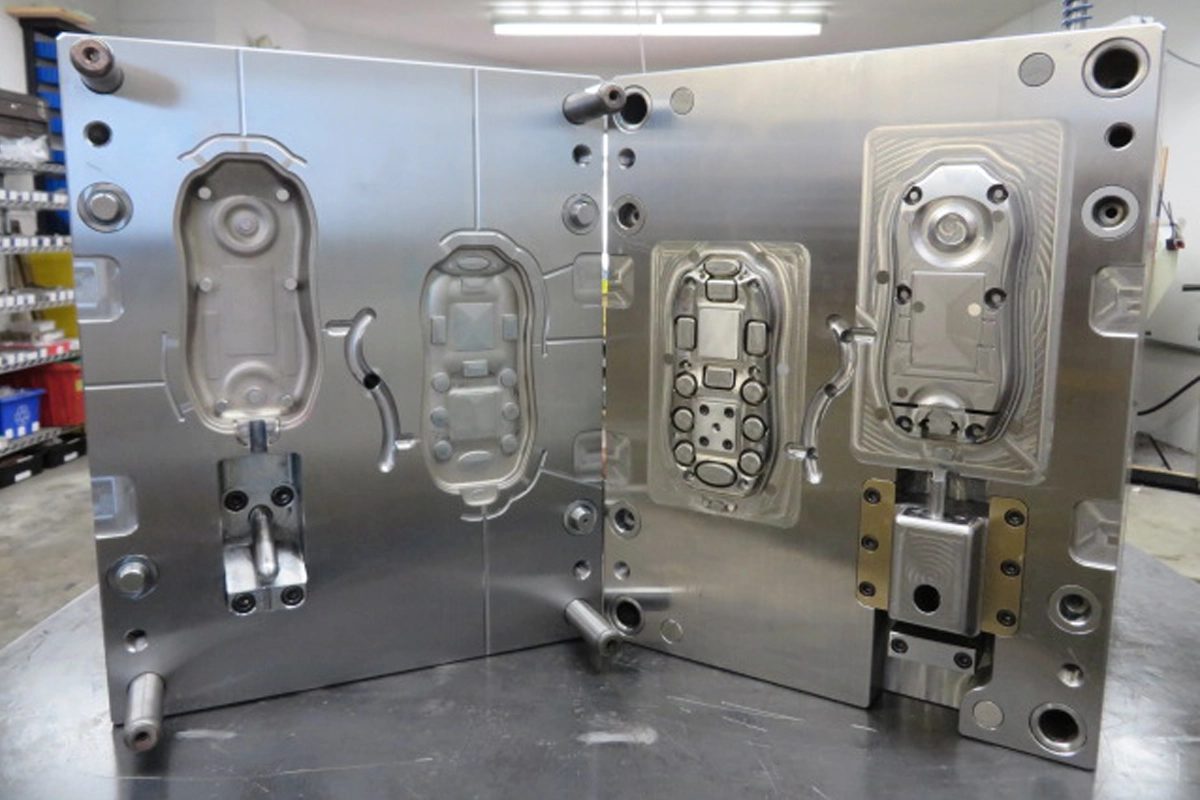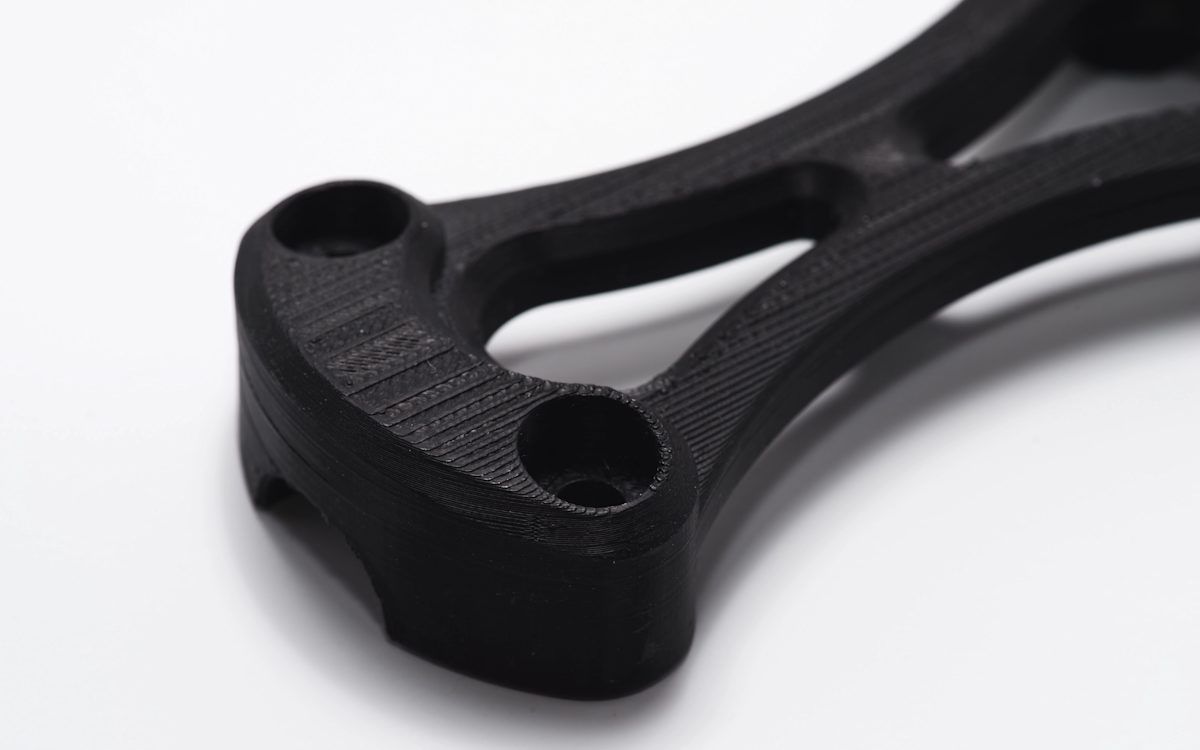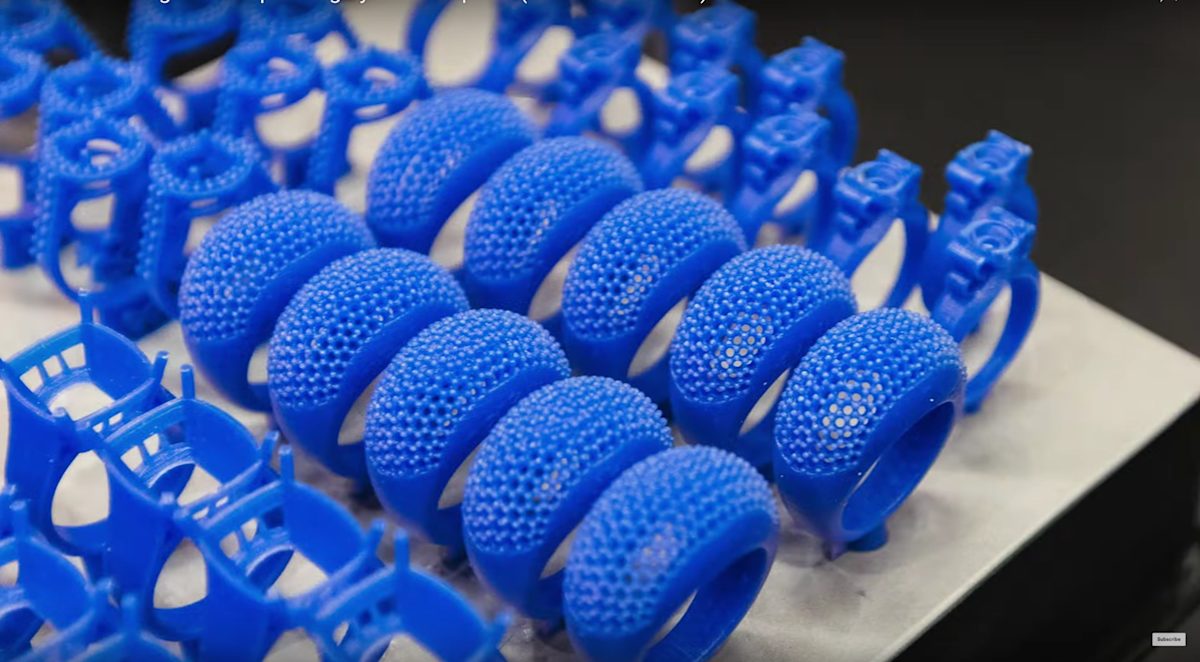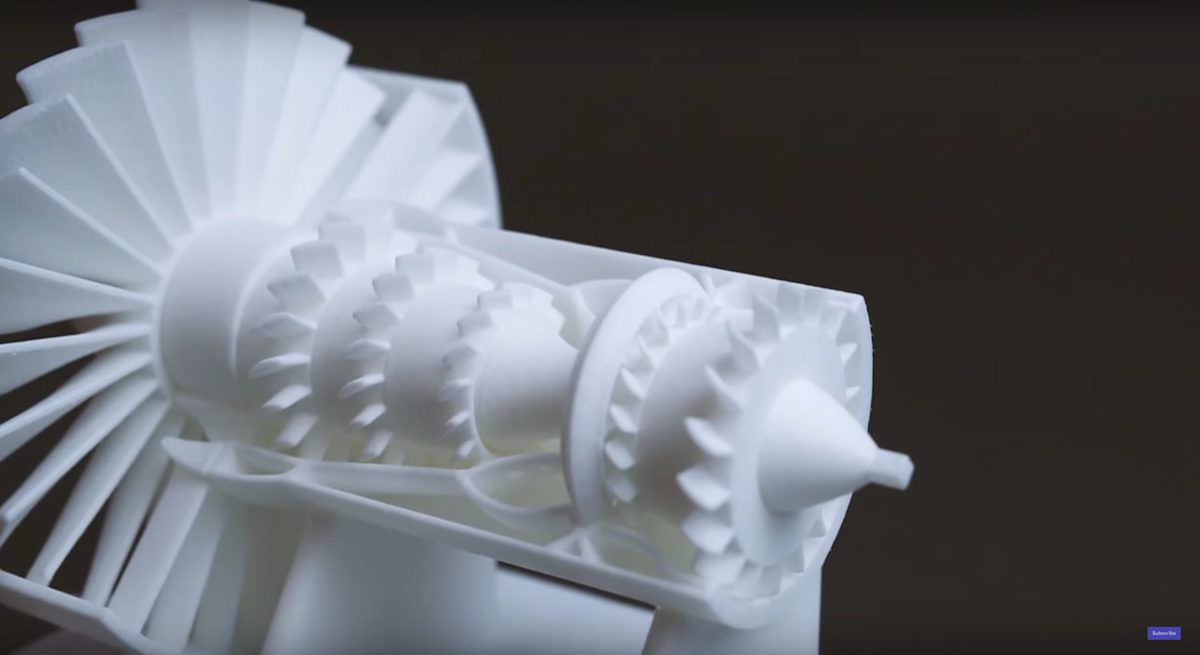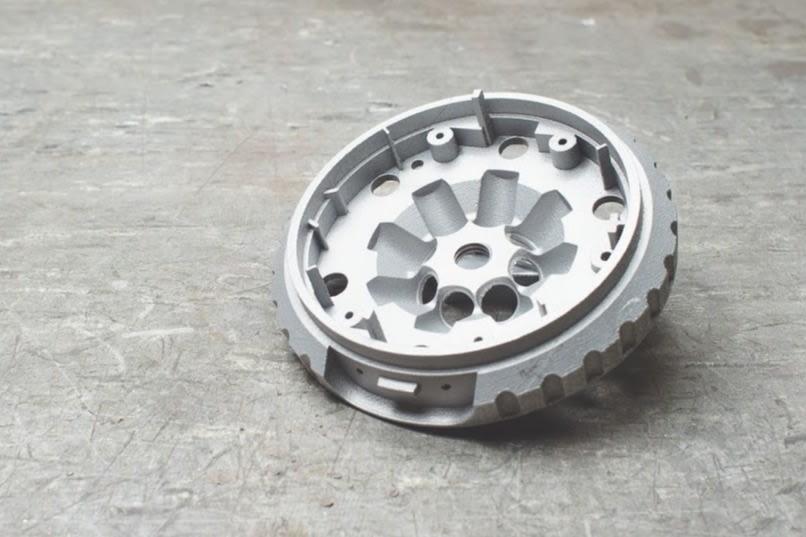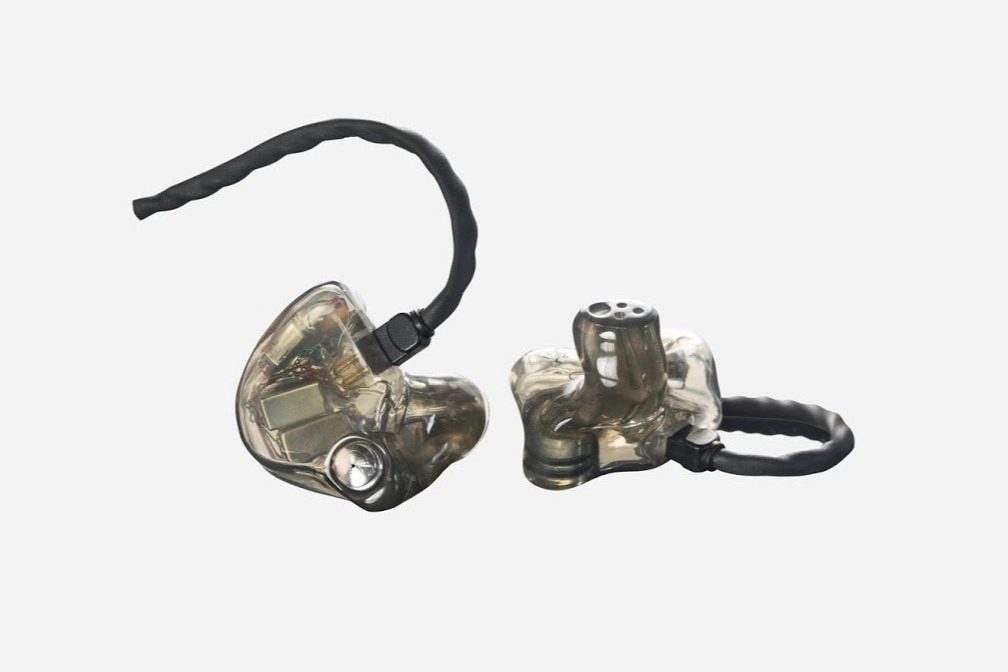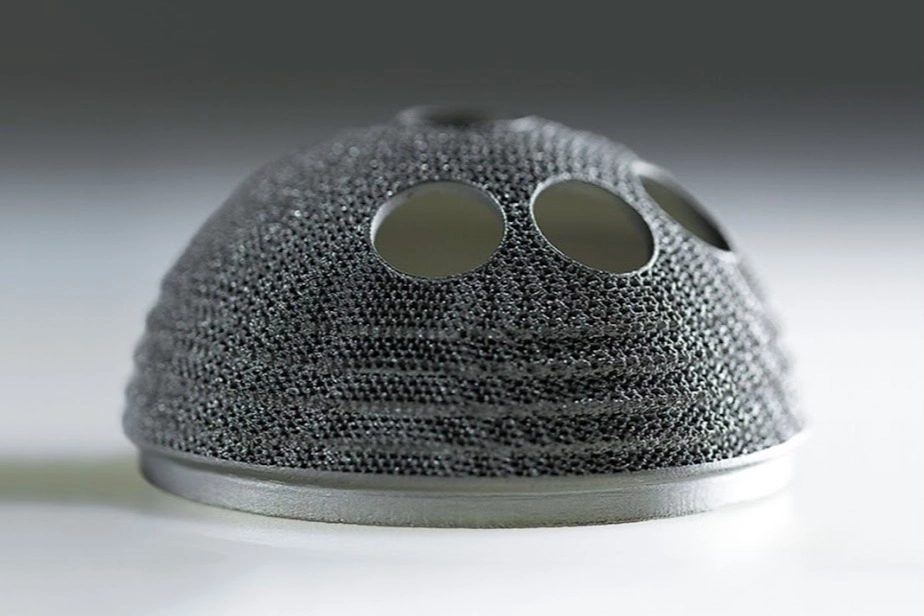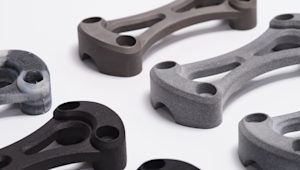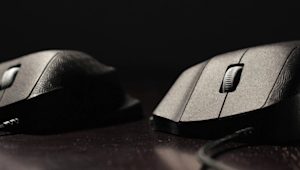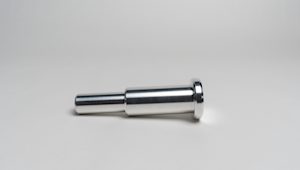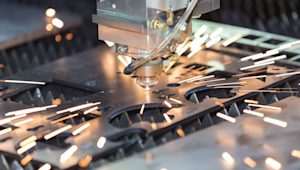Introduction
The term medical device covers an extensive range of applications from tongue depressors and latex gloves to x-ray machines and further to custom hearing aids and biomedical implanted devices such as heart valves. Traditional manufacturing processes including CNC machining and injection molding are typically used for the many existing medical devices such as prosthetics, surgical tools, and general equipment/tools used by medical professionals.
The field of medical device manufacturing is rapidly growing and, given the advantages offered by additive manufacturing – highly customizable geometry, low-cost, and a wide variety of possible materials – these processes are well suited to fill the demand for the emerging needs of medical device manufacturing.
This article covers the processes commonly used to manufacture medical devices, as well as applications, best practices to follow and regulations to pay attention to when designing and manufacturing medical devices, in addition to a quick look forward to what the future of medical device manufacturing could look like in a few years. Feel free to skip through to specific sections using the list below.







